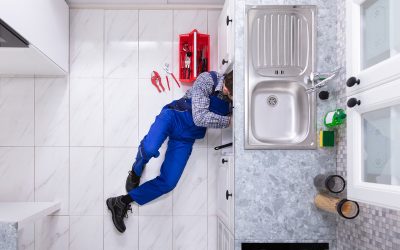You know when you have a broken pipe because the plumbing is not working properly. Also, your plumber probably came by and told you so. What is the solution to a broken or cracked pipe? You could replace the underground piping system, but that is just as complicated as it sounds. More likely than not, you are better off getting a pipe relining. Everyone wants to save money and limit any damage to his or her property, so it is often necessary to choose this option. Before you get a relining, find out more about this method and whether or not you need it.
How Is the Pipe Relining Beneficial?
Pipe relining is the simpler alternative to a pipe replacement – it takes less energy, it costs less and requires fewer resources. The plumber only needs to cut a small hole in the pipe and enter, rather than having to dig up a ditch and lay down pipes.
There are some situations that do not require a replacement of any kind. If there are minor cracks or misaligned joints in the pipes, these are problems that can be easily mended. You should get a replacement only if the pipes are damaged beyond repair.
Any type of property, whether it is your home or large commercial building, is suitable for this method of repair. Also, the process is less painstaking and invasive, so you can avoid bringing in machines and digging up the ground. If you have many trees in the area, you can avoid digging up the trees and affecting the health of the ecosystem. Also, some trees have thick roots that are hard to remove when present in or around the pipes. The best option for any plumber or homeowner is to keep this underground area intact and closed off.
What Happens During the Relining Process?
The average homeowner can easily understand the typical steps needed to reline underground pipes. First of all, be aware that the plumber usually needs to inspect the area with a video camera. He cuts a small access hole and places the liner through the pipe. The liner could be more than 100 feet long, if it fills the entire interior. Inside this device, there is a cured resin that sticks to the interior of the pipes. This process is also known as cured-in-place pipelining, because the lining is cured into the pipe to ensure that it stays put.
There are several reasons why you should opt for plumbing restoration instead of replacement; and you are encouraged to get the work done immediately. You never know when a problem with your pipes could turn into a disaster. Find a provider who understands the specific needs of your property. Contact Delta Plumbing Inc. to learn how you can get pipe relining in Stockbridge, Georgia.








